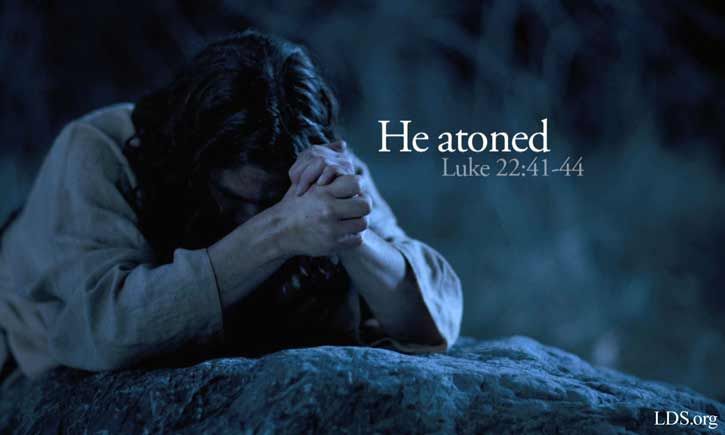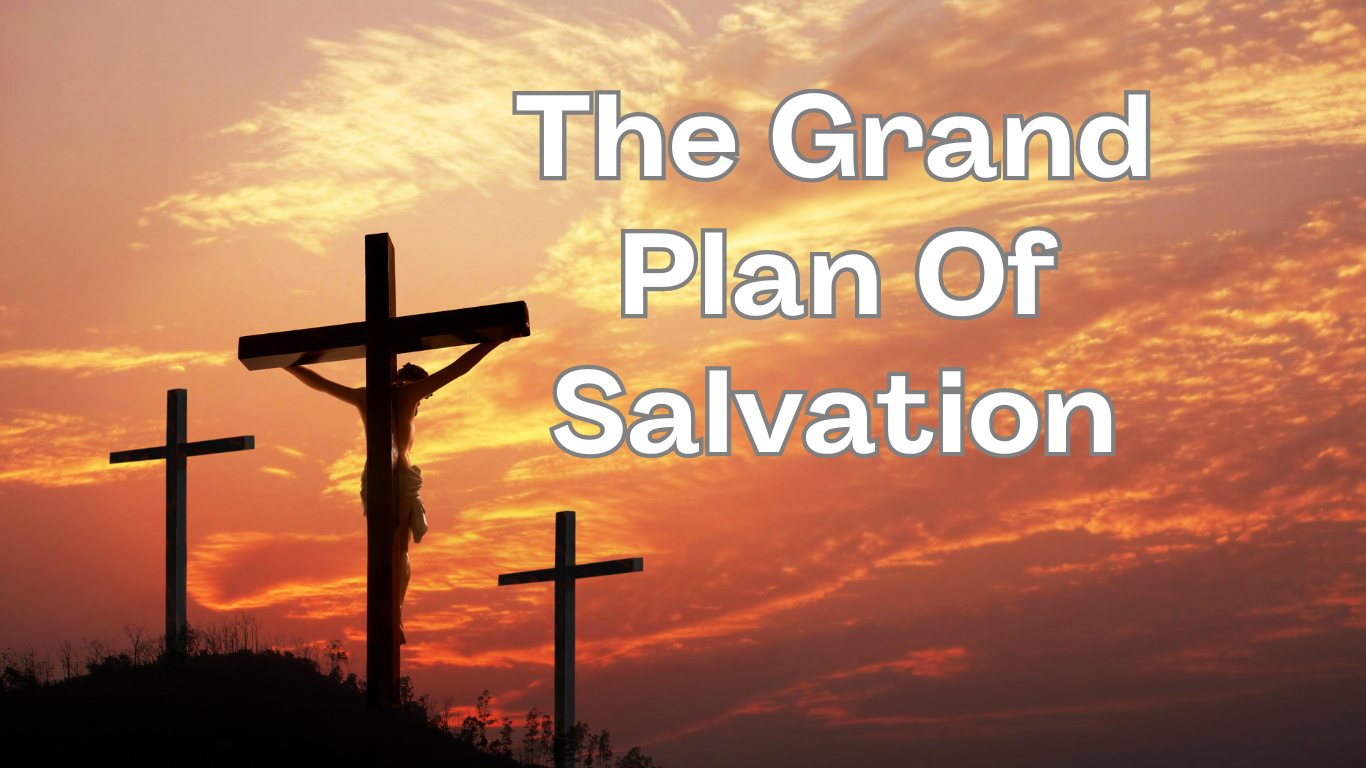
The Grand Plan Of Salvation
Introduction
The grand plan of salvation, also known as the plan of redemption or the plan of happiness, is central to Christian theology. It outlines God’s design for humanity’s salvation and eternal happiness. This blog aims to simplify this profound concept, making it accessible to all seekers of truth.

1. Creation: The Beginning of God’s Plan
God’s creation of the world and humanity marks the beginning of the salvation narrative. Humans, made in God’s image, were intended to live in harmony with Him. This perfect state was marred by the fall, but understanding creation helps us grasp the original plan and God’s love for us.

2. The Fall: Humanity’s Departure from God
The disobedience of Adam and Eve in the Garden of Eden introduced sin and mortality into the world. Known as the Fall, this event created a chasm between humanity and God. Recognizing the impact of the Fall is crucial to understanding the need for redemption.
3. Promise of Redemption: Hope Through Covenants
From the moment of the Fall, God promised redemption. This promise is evident throughout the Old Testament, particularly in the covenants made with figures like Abraham and Moses. These covenants laid the groundwork for the ultimate plan of salvation through Jesus Christ.

4. Jesus Christ’s Atonement: The Heart of Salvation
Central to the grand plan is Jesus Christ’s atonement. Christians believe that Jesus, fully God and fully human, atoned for humanity’s sins through His death and resurrection. This sacrificial act reconciles us with God, offering the hope of eternal life.

5. Grace and Faith: The Gift of Salvation
Salvation is a gift of grace from God, not something earned by human effort. This grace requires a response of faith in Jesus Christ, acknowledging Him as Lord and Savior. Emphasizing grace and faith underscores the accessibility of salvation to all who believe.

6. Repentance and Baptism: Steps Towards Redemption
Repentance (turning away from sin) and baptism (a symbolic act of purification) are vital steps in the salvation process in many Christian traditions. These acts demonstrate a commitment to living a life aligned with God’s will.
7. Sanctification: Growing in Christlikeness
After accepting Christ, believers undergo sanctification, a continuous process of spiritual growth and becoming more like Christ. This transformation is facilitated by the Holy Spirit, guiding believers towards a holy and righteous life.
8. End Times and Judgment: The Final Chapter
Christian eschatology teaches that Jesus will return to judge the living and the dead. Believers will be resurrected to eternal life with God, while those who reject Him will face eternal separation. Understanding these events emphasizes the urgency of embracing salvation.
9. Eternal Life: The Ultimate Goal
The grand plan of salvation culminates in eternal life with God. This state of perfect joy, peace, and communion with God is free from sin and suffering. It represents the fulfillment of God’s promise and the ultimate reward for believers.
Denominational Perspectives on Salvation
Different Christian denominations interpret these elements uniquely:
-
- Catholicism emphasizes sacraments, tradition, and the role of works alongside faith.
-
- Protestantism focuses on justification by faith alone and the authority of Scripture.
-
- Orthodox Christianity highlights theosis, the process of becoming one with God.
-
- Latter-day Saint (Mormon) theology includes additional scriptures and teachings on pre-mortal existence, mortal life, and post-mortal progression.
Conclusion
Understanding the grand plan of salvation involves recognizing these core elements and their interpretations across Christian traditions. This comprehensive guide simplifies the profound journey from creation to eternal life, offering clarity and hope to all who seek redemption.


